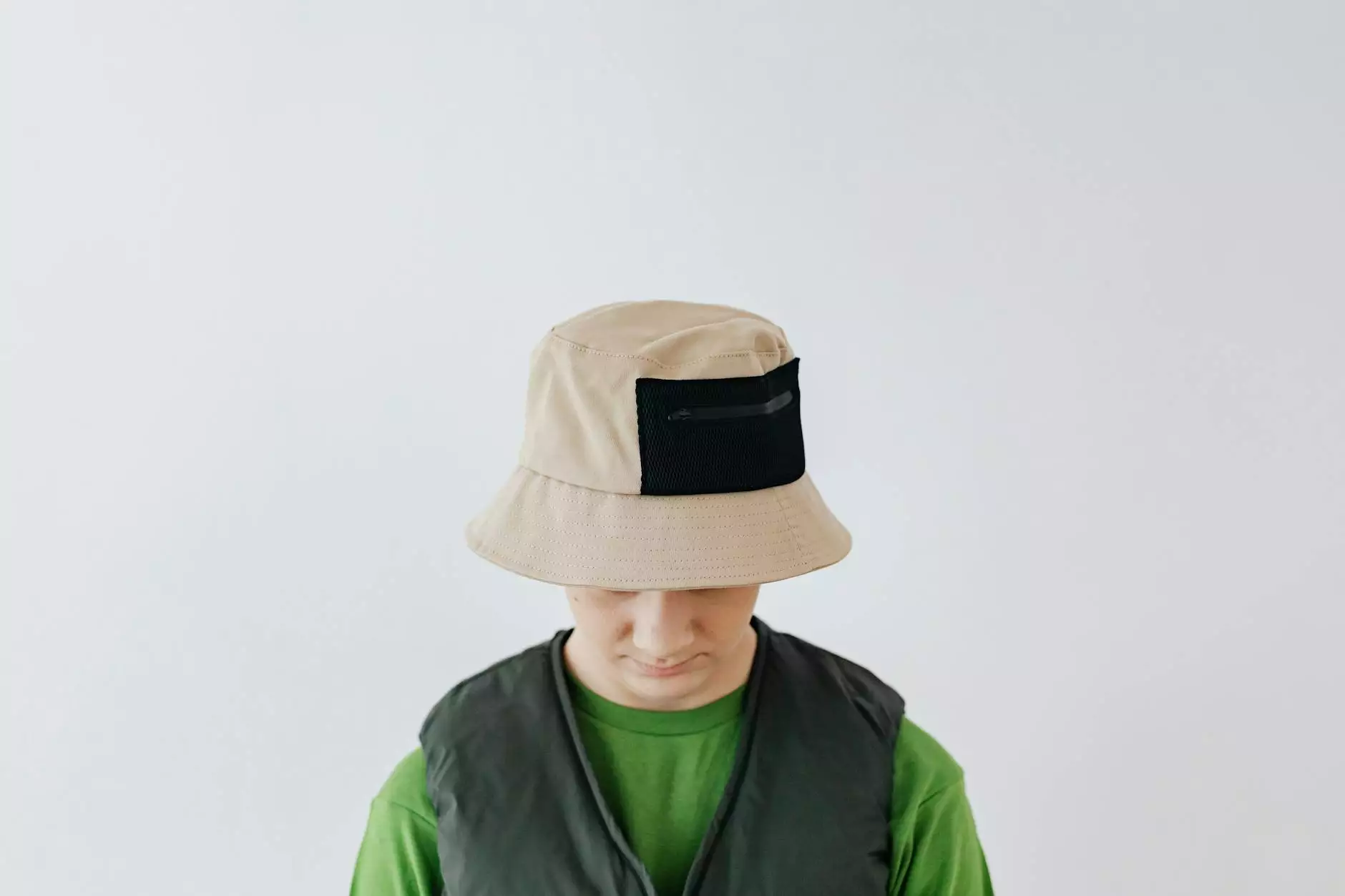Understanding the Capsular Pattern of Shoulder: A Comprehensive Guide

The capsular pattern of shoulder is a crucial concept in the field of orthopedics and physiotherapy that describes the predictable pattern of motion loss associated with shoulder joint conditions. This article delves into the details surrounding this important pattern, providing valuable insights and practical information for both patients and healthcare professionals.
What is the Capsular Pattern of Shoulder?
The capsular pattern of the shoulder refers to a specific loss of motion that occurs when the shoulder joint is affected by conditions such as adhesive capsulitis (frozen shoulder), arthritis, or other shoulder immobility disorders. In individuals with such conditions, movement is typically restricted more in certain directions than in others, leading to a characteristic pattern of movement limitation.
Typical Range of Motion Limitations
In the capsular pattern of shoulder, the shoulder's active and passive ranges of motion may typically be affected in the following manner:
- External Rotation: This is usually the first motion to be lost, with significant restrictions observed.
- Abduction: This movement follows external rotation in terms of restrictions, often leading to difficulties in lifting the arm above the head.
- Internal Rotation: While there may be some loss, it is usually less than that of external rotation and abduction.
The result is a distinct pattern that healthcare professionals can use to assess and diagnose shoulder pathologies effectively.
Causes of the Capsular Pattern of Shoulder
Understanding the causes behind the capsular pattern of shoulder is essential for effective treatment and management. Here are some common causes:
1. Adhesive Capsulitis (Frozen Shoulder)
This condition is characterized by inflammation and thickening of the shoulder joint capsule, leading to pain and stiffness. It typically progresses through three phases: freezing (painful), frozen (stiff), and thawing (resolution). During the freezing phase, the capsular pattern becomes pronounced.
2. Glenohumeral Osteoarthritis
As the cartilage degenerates in the shoulder joint, patients may experience pain and a reduction in their active range of motion, particularly noticeable in the capsular pattern.
3. Rotator Cuff Injuries
Injuries to the rotator cuff can affect the dynamics of shoulder motion and contribute to a capsular pattern when compensatory movements lead to inflammation and imbalance.
4. Inflammatory Conditions
Diseases such as rheumatoid arthritis can result in synovial inflammation, causing stiffness and movement restrictions in a manner consistent with the capsular pattern.
Identifying the Capsular Pattern of Shoulder: Diagnostic Techniques
Diagnosing the capsular pattern of shoulder involves a combination of clinical evaluation and diagnostic imaging. The following steps and techniques are valuable for practitioners:
1. Physical Examination
A thorough physical examination is critical. Practitioners should assess the shoulder's range of motion while observing the specific loss patterns that characteristically define the capsular pattern.
2. Diagnostic Imaging
X-rays and MRI scans can help visualize any degenerative changes in the shoulder joint and identify the underlying causes contributing to the capsular pattern.
3. Patient History
Gathering detailed patient history is essential. Understanding the onset of symptoms, any history of injury, and previous medical conditions can provide valuable insights into the diagnosis.
Treatment Options for Capsular Pattern of Shoulder
Treating the capsular pattern of shoulder aims to restore as much range of motion and function as possible while alleviating pain. Several treatment modalities can be employed, including:
1. Physical Therapy
Physical therapy is the cornerstone of treatment for the capsular pattern of shoulder. A physical therapist can develop a tailored rehabilitation program consisting of stretching, strengthening, and mobilization exercises that focus on restoring shoulder movement.
2. Medications
Nonsteroidal anti-inflammatory drugs (NSAIDs) can help manage pain and reduce inflammation. In some cases, corticosteroid injections may be recommended for more severe inflammation.
3. Joint Mobilization Techniques
Manual therapy techniques, such as joint mobilization, can be effective in improving range of motion by targeting specific shoulder movements that are restricted.
4. Surgical Intervention
In severe cases of adhesive capsulitis or other structural problems, surgical options such as arthroscopic capsular release may be considered. This involves the surgical manipulation of the shoulder capsule to improve the range of motion and relieve pain.
Preventing the Capsular Pattern of Shoulder
Preventive measures can significantly reduce the risk of developing conditions that lead to the capsular pattern of shoulder. Here are some strategies:
- Maintain Shoulder Mobility: Regular exercise and mobility routines can keep the shoulder joint functioning optimally.
- Strengthening Exercises: Focus on strengthening the muscles surrounding the shoulder through targeted exercises to improve support and stability.
- Avoid Prolonged Immobilization: After an injury or surgery, it is crucial to avoid long periods of immobilization, as this can lead to stiffness.
- Activity Modification: Modify activities that may lead to overuse injuries, especially for athletes or individuals engaged in repetitive shoulder motions.
Conclusion
The capsular pattern of shoulder is a vital concept in understanding shoulder mechanics and pathology. By recognizing the implications of this pattern, healthcare professionals can provide more effective interventions and help individuals regain function and quality of life. A comprehensive approach combining physical therapy, medication, and preventive strategies can go a long way in managing shoulder health.
For more information about shoulder health, treatment options, and preventive measures, feel free to visit IAOM-US.









